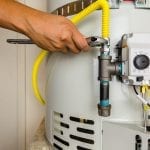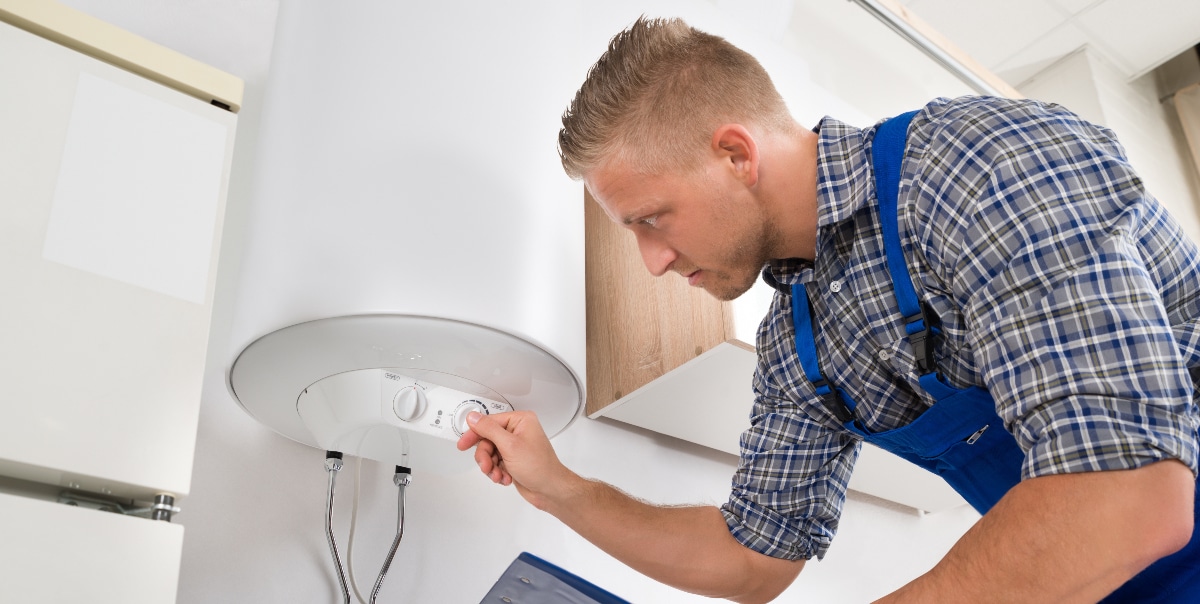Steps to Prolong the Lifespan of Your Home's Hot Water System By MaintenanceEffective Methods to Care for Your Home's Hot Water System Effectively
Steps to Prolong the Lifespan of Your Home's Hot Water System By MaintenanceEffective Methods to Care for Your Home's Hot Water System Effectively
Blog Article
This post down the page involving Tips on Maintaining a Water Heater is incredibly motivating. Give it a go and make your own conclusions.

Warm water is essential for everyday convenience, whether it's for a refreshing shower or washing meals. To guarantee your hot water system runs effectively and lasts much longer, regular upkeep is vital. This article offers useful pointers and insights on exactly how to preserve your home's warm water system to avoid disruptions and costly repair work.
Introduction
Preserving your home's warm water system might seem complicated, but with a few basic actions, you can ensure it operates smoothly for several years ahead. This overview covers everything from comprehending your warm water system to do it yourself upkeep pointers and recognizing when to call specialist help.
Significance of Maintaining Your Hot Water System
Routine upkeep not just expands the life-span of your warm water system yet additionally guarantees it runs successfully. Neglecting maintenance can cause lowered performance, greater power expenses, and also early failing of the system.
Indications Your Hot Water System Requirements Maintenance
Understanding when your hot water system needs interest can stop significant problems. Watch out for indications such as irregular water temperature level, odd noises from the heater, or rustic water.
Comprehending Your Warm Water System
Before diving into maintenance tasks, it's useful to understand the basic components of your hot water system. Typically, this consists of the hot water heater itself, pipelines, anode rods, and temperature controls.
Monthly Upkeep Tasks
Normal month-to-month checks can assist catch minor issues before they intensify.
Flushing the Water Heater
Purging your hot water heater eliminates sediment build-up, boosting performance and extending its life.
Checking and Replacing Anode Rods
Anode poles stop rust inside the tank. Inspecting and changing them when worn is important.
Inspecting and Changing Temperature Setups
Readjusting the temperature level settings ensures optimum efficiency and safety.
DIY Tips for Upkeep
You can carry out several upkeep tasks on your own to maintain your hot water system in top problem.
Checking for Leakages
On a regular basis inspect pipelines and connections for leaks, as these can lead to water damages and higher costs.
Checking Pressure Alleviation Valves
Checking the stress relief valve guarantees it functions appropriately and stops too much stress buildup.
Protecting Pipes
Shielding hot water pipelines decreases heat loss and can conserve energy.
When to Call a Specialist
While do it yourself upkeep is advantageous, some problems call for professional experience.
Complicated Issues Needing Professional Assistance
Examples consist of major leaks, electric issues, or if your hot water heater is consistently underperforming.
Routine Specialist Maintenance Benefits
Expert upkeep can consist of complete examinations, tune-ups, and guaranteeing conformity with safety criteria.
Conclusion
Routine upkeep of your home's hot water system is necessary for efficiency, durability, and price savings. By complying with these ideas and knowing when to seek expert aid, you can ensure a trustworthy supply of warm water without unexpected interruptions.
How to Maintain an Instant Hot Water Heater
Before tinkering with your hot water heater, make sure that it’s not powered on. You also have to turn off the main circuit breaker and shut off the main gas line to prevent accidents. Also turn off the water valves connected to your unit to prevent water from flowing into and out of the appliance. 2. When you’re done, you have to detach the purge valves’ caps. These look like the letter “T” and are situated on either side of the water valves. Doing so will release any pressure that has accumulated inside the valves while at the same time avoid hot water from shooting out and burning your skin. 3. When the purge valves’ caps are removed, you have to connect your hosing lines to the valves. Your unit should have come with three hoses but if it didn’t, you can purchase these things from any hardware or home repair shops. You can also get them from retail stores that sell water heating systems. Read the user’s manual and follow it to complete this task properly. When the hosing lines are connected, open the purge port’s valves. 4. You should never use harsh chemical cleaners or solutions when cleaning your unit. Make use of white vinegar instead. It should be undiluted and you’ll probably use about 2 gallons. 5. Now flush your water heater. This task should probably take about 40 minutes. We can’t give you specific directions for this because the procedure is carried out depending on the type, model and brand of your heater. With that being said, refer to the user’s manual. 6. When you’re done draining the unit, you have to turn off the purge port valves again. Remove the hosing lines that you earlier installed on each of the water valves. Put the valve caps (purge port) back in their respective places and be very careful so as not to damage the rubber discs that are found inside these caps. 7. Now that everything’s back in place, check your user’s manual again to find out how to reactivate your water heating system. 8. Once it is working, turn one of your hot water faucets on just to let air pass through the heater’s water supply pipes. Leave the tap on until water flows smoothly out of it. https://www.orrplumbing.com/blog/2014/september/how-to-maintain-an-instant-hot-water-heater/

As a reader about Water Heater Maintenance Tips You Can't Afford to Forget, I think sharing that excerpt was a great idea. Those who liked our article if you please don't forget to share it. Thank you for being here. Come back soon.
Schedule Estimate Report this page